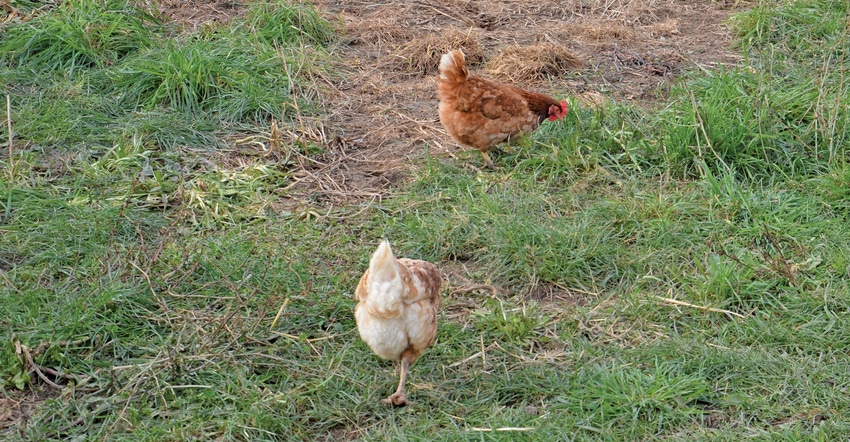
Avian flu first showed up in the U.S. in 2022 at a turkey farm in Dubois County, Ind., in February. It spread to Greene County, then later to duck farms in northern Indiana. In late April, a backyard flock of chickens in Johnson County tested positive for avian flu. Meanwhile, the disease also created havoc in large layer flocks in Iowa and other states. Why is avian flu still here? What should you know about it?
Indiana Prairie Farmer posed questions to Denise Derrer Spears, public information director for the Indiana State Board of Animal Health.
How many counties, flocks and birds have been affected so far? H5N1 avian highly pathogenic influenza in commercial poultry flocks was diagnosed so far in three counties in Indiana: Dubois, Greene and Elkhart. Nine flocks were affected and depopulated. To date, 171,224 turkeys and 17,179 ducks were euthanized.
In late April, avian flu was diagnosed in a non-poultry flock in Johnson County, with 41 birds in a mixed flock affected.
Why is the chicken flock in Johnson County considered “non-poultry”? How was it diagnosed? Under international animal health standards, small hobby flocks are classified as “non-poultry” to distinguish them from commercial operations. In this case, owners of the flock wanted to determine why some chickens were dying. They sent samples to the Animal Disease Diagnostic Lab at Purdue University. Tests were positive for H5N1 avian flu.
How did a backyard flock likely get infected? The most likely cause is transmission from wild birds. USDA Wildlife Services surveils wild birds in and near control areas established when outbreaks occur. So far, 220 samples from wild birds were analyzed, with four testing positive, including a hawk in Johnson County. Migratory waterfowl, including ducks and geese, can carry the disease.
What should someone with a small hobby flock do now? Report illness or unexplained death of birds to the USDA Healthy Birds Hotline at 866-536-7593. You may be instructed to double-bag dead birds and refrigerate them for possible testing. If you have a veterinarian, contact your vet. To send samples to Purdue’s ADDL, visit vet.purdue.edu/addl.
Signs to watch for include sudden death with no clinical signs, lack of energy or appetite, drops in egg production, soft-shelled or misshapen eggs, coughing, sneezing, lack of coordination, diarrhea, nasal discharge, and swelling or discoloration of the head, eyelids, comb or hocks.
What is the status of flocks affected by avian flu? Three operations in southern Indiana completed cleaning after depopulation and are ready for clearance to resume turkey production, if they choose. Other turkey and duck producers affected are in various stages of the process. BOAH established a surveillance zone in Johnson County, with 61 possible backyard flocks on our list inside the zone. There were no commercial operations within the zone.
What lessons were learned so far? We applied many lessons learned in the 2016 outbreak. This helped us respond efficiently. In addition, local producers who were affected also learned from earlier cases. As a result, more people knew what to expect and what to do. Testing, depopulation and cleanup moved faster. Everyone was cooperative. Some compensation for lost birds is available for commercial flocks through USDA, and our agency helps facilitate that process.
About the Author(s)
You May Also Like




